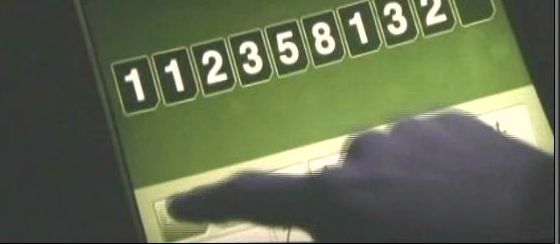


| (1) |
| (2) |
| (3) |
| (4) |
| (5) |
|
| (7) |
| (8) |
| (9) |
| (10) |
|
|
|
|
|
|
|
|
|
|
|
|
|
|
|
|
|
|
|
|
| (14) |
|
|
|
|
|
| (15) |
| (16) |
| (17) |
| (18) |
|
|
|
|
|
|
| (19) |
|
| (21) |
| (22) |
| (23) |
| (24) |
| (25) |
|
|
|
|
|
|
| (28) |
 from Da Vinci Code
Find the general form of fn that satisfies
from Da Vinci Code
Find the general form of fn that satisfies
|
|
| (31) |
| (32) |
|
| (33) |
|
|
| (34) |



|
|
|